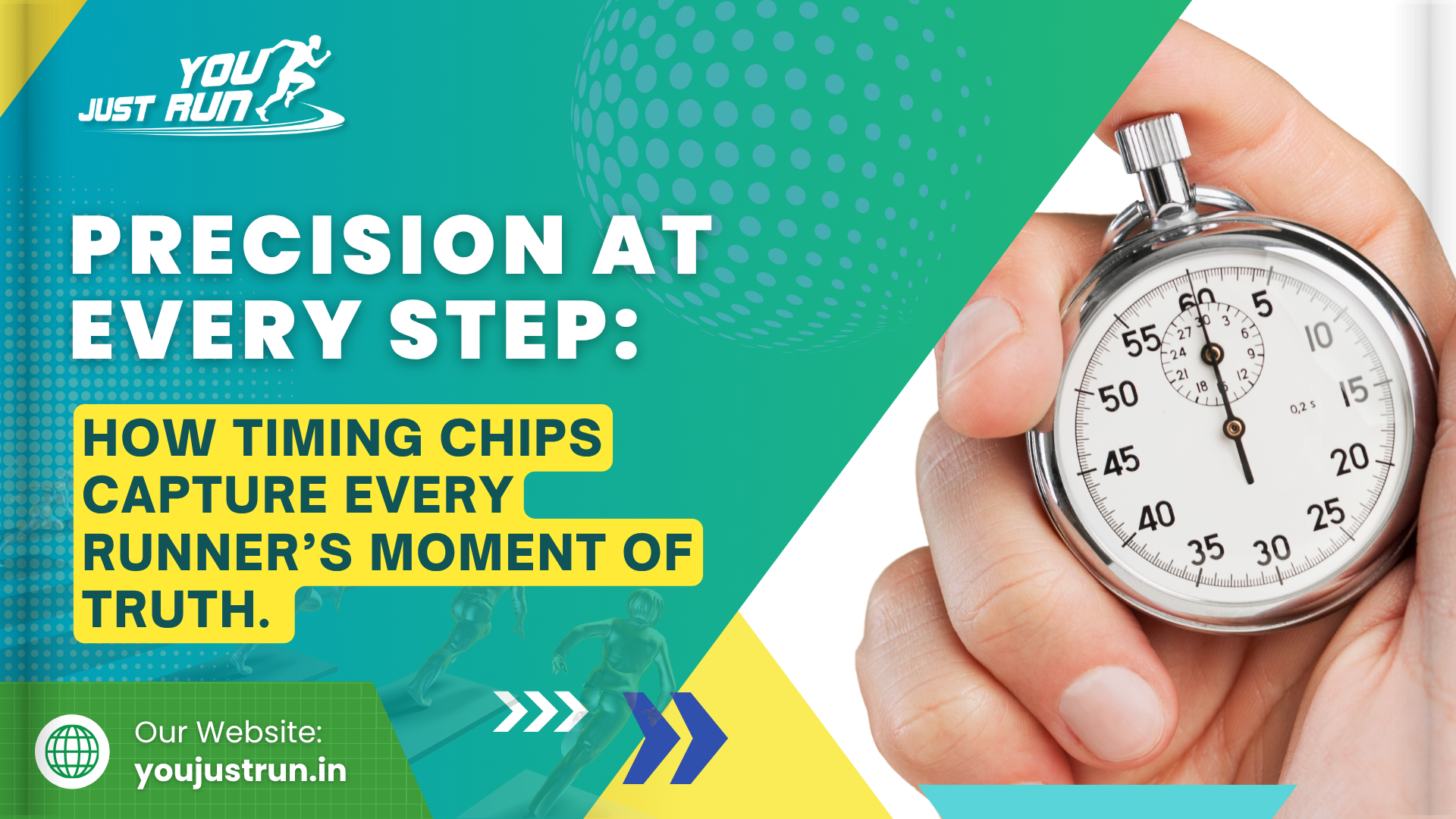A well-run race is more than just an endurance test. It is a tribute to dedication, willpower, and achievement. Whether it’s a high-profile marathon or a neighborhood fundraiser run, time is crucial to guarantee efficacy and equity. Monitoring results, ensuring clarity, and improving the entire racing experience all depend on an accurate running timing system.
Accuracy Is Everything
Precision is key in every race. A few seconds can be the difference between standing on the podium and not receiving a medal. Manual stopwatches and other traditional timing practices are subject to human error and inconsistency.
Modern timing technology employs sophisticated machines like RFID chips and sensors to accurately time each runner. Guesswork is eliminated, and all participants are assured of receiving their due recognition.
Fairness for Every Runner
Not all of the runners begin at once, particularly in major races involving thousands of competitors. Results may not reflect a participant’s effort without an efficient timing system.
A Running Timing System levels the playing field by capturing each runner’s start and finish times. This means their performance is measured reasonably regardless of where they begin in the lineup. This system also avoids conflicts and builds confidence in race results.
Real-Time Results Enhance the Experience
Runners like to get their official race time once they cross the finish line. A contemporary timing system enables them to get instantaneous results in the form of text messages or mobile applications.
Audience members also enjoy these updates. Family and friends are able to follow runners as they make their way along the course, so the event becomes more interactive. This amount of openness and energy inspires more individuals to participate in future events.
Smoother Race Management
A well-organized race depends on efficiency behind the scenes. Manually recording results for hundreds or thousands of participants is time-consuming and increases the risk of errors.
A running timing system automates the process, reducing the need for extensive paperwork and manual data entry. This means race organizers can concentrate on other key elements, including logistics, safety, and the experience of participants. Having rapid access to race information also means awards and rankings can be publicized without delay.
Trust and Credibility Matter
Competitors spend time and effort preparing for races and expect honest and correct results. Competitors are reluctant to come back if a race gains a reputation for faulty timing or inconsistencies.
A reliable timing system builds credibility and encourages repeat participation. It also ensures that race results meet official standards, allowing competitive runners to use their times for qualification in other major events.
Supporting Runners of All Levels
While record-breaking performances might be the goal of elite athletes, most runners enter races to reach personal goals. An accurate timing system serves everyone by giving them precise information about their performance.
Beginners can use their race times to track progress, while experienced runners can analyze their pacing strategies. Having a written record of their times inspires participants to continue pushing and achieving new personal records.
Conclusion
A race without a legitimate timing system is akin to a trip without a destination. Whether a neighborhood fun run or a world-class marathon, proper timing is essential to fairness, efficiency, and a good race-day experience.
Investing in a good running timing system ensures that every participant gets the recognition they deserve. It also facilitates smoother event management, earns credibility, and brings runners back year after year. With the right technology in place, every race can be a smooth, enjoyable, and rewarding experience for everyone.









